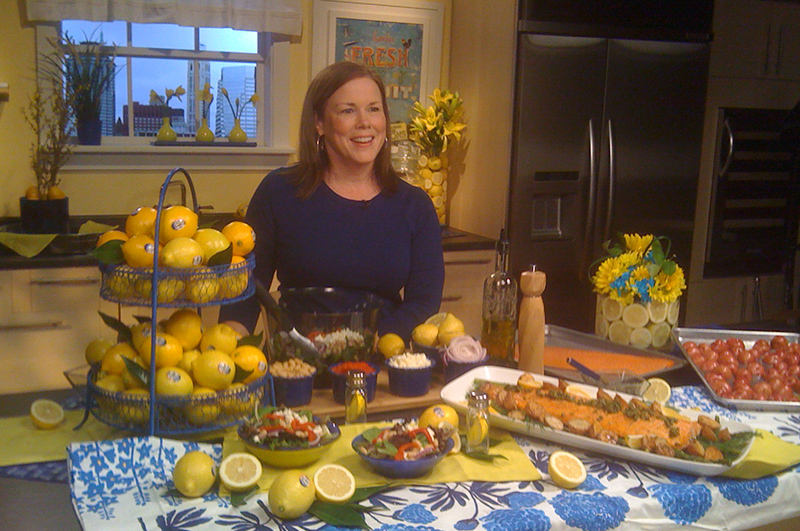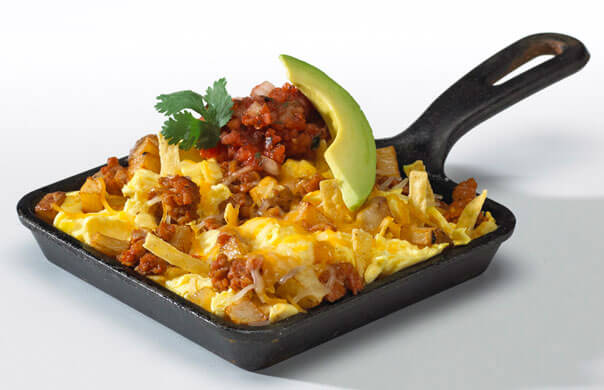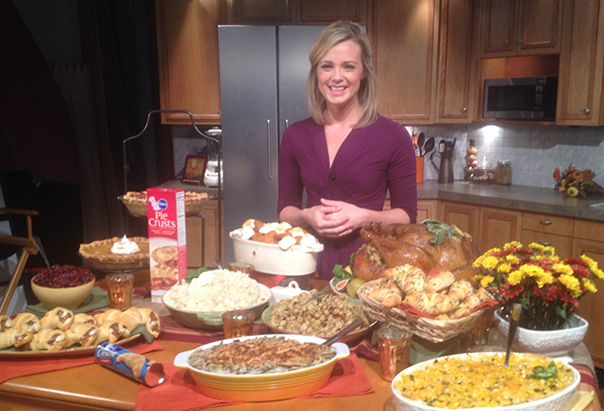Staging a Cooking Demonstration

A cooking demonstration can be a great way to entertain friends, hone your cooking skills, and generally strut your culinary stuff.
But how to do it? How to stage your own cooking demonstration?
It’s not too hard. All you need is a kitchen, some ingredients and a few friends.
First: Choose Your Location. A good cooking demonstration is all about finding the right spot. Your own kitchen might be good enough, but try surveying your friends to find out who’s got the biggest one. Another idea: If the weather is nice and you’ve got a good grill set-up, try having your cooking demonstration outside.
Second: Devise a Menu. This is the difficult part. While it’s a good idea to shy away from meals you’ve got little experience with, don’t be afraid to take risks and try an ambitious meal. Play to your strengths; remember that your audience is there not just to be wowed by your cooking prowess, but to learn something as well. Think of your menu as a teacher’s lesson plan.
Third: Catalog Your Arsenal. This might be a good time to buy some new kitchen gear — you want to make sure it won’t fail you when all eyes are on you (there’s nothing worse than a cooking demonstration that ends in tears). Make a list of the gear you’ll be working with during your cooking demonstration, then take a look at every piece. What works? What could be replaced? It might be a good opportunity for a trip to the kitchen supply store.
Fourth: Catalog Your Ingredient List. Make sure you’re not working with any fruits or vegetables that are out of season, or exotic http://purchasepropecia.net meats you won’t be able to find when the time comes. Remember that you’ll need to buy many of your ingredients very near the last minute for maximum freshness, so good preparation will mean planning your menu around what’s most available.
Fifth: Write a script. Even if it’s just some notes on 3×5 cards or a memorized speech before you begin, make sure your cooking demonstration includes a public speaking component. For many people, this may be the hardest part, but it’s important to adequately communicate with your audience.
Sixth: Practice Makes Perfect. Before you actually stage your cooking demonstration, it’s a good idea to make sure you can handle the entire process. So have a “pre-cooking demonstration” cooking demonstration — to make sure your culinaryu mojo won’t fail you when it’s time to put on the show. Take notes on what went right and what went wrong. Fine-tune your notes and make sure your public speaking skills are up to snuff.
Seventh: Last-Minute Changes. Use the time between your practice cooking demonstration and your actual cooking demonstration to tweak your plans. Maybe you’ll change an appetizer, or use a saucepan instead of a saute pan. Maybe you’ll try to be a bit more humorous in your presentation, or cut down on some of the chatter.
Finally: Take Note. When all is said and done, take plenty of notes on what went right with your cooking demonstration and what went wrong. Ask your friends what went well, and could have gone better. That way you’ll know what to plan for when your next cooking demonstration rolls around.
BACK TO ALL POSTS

